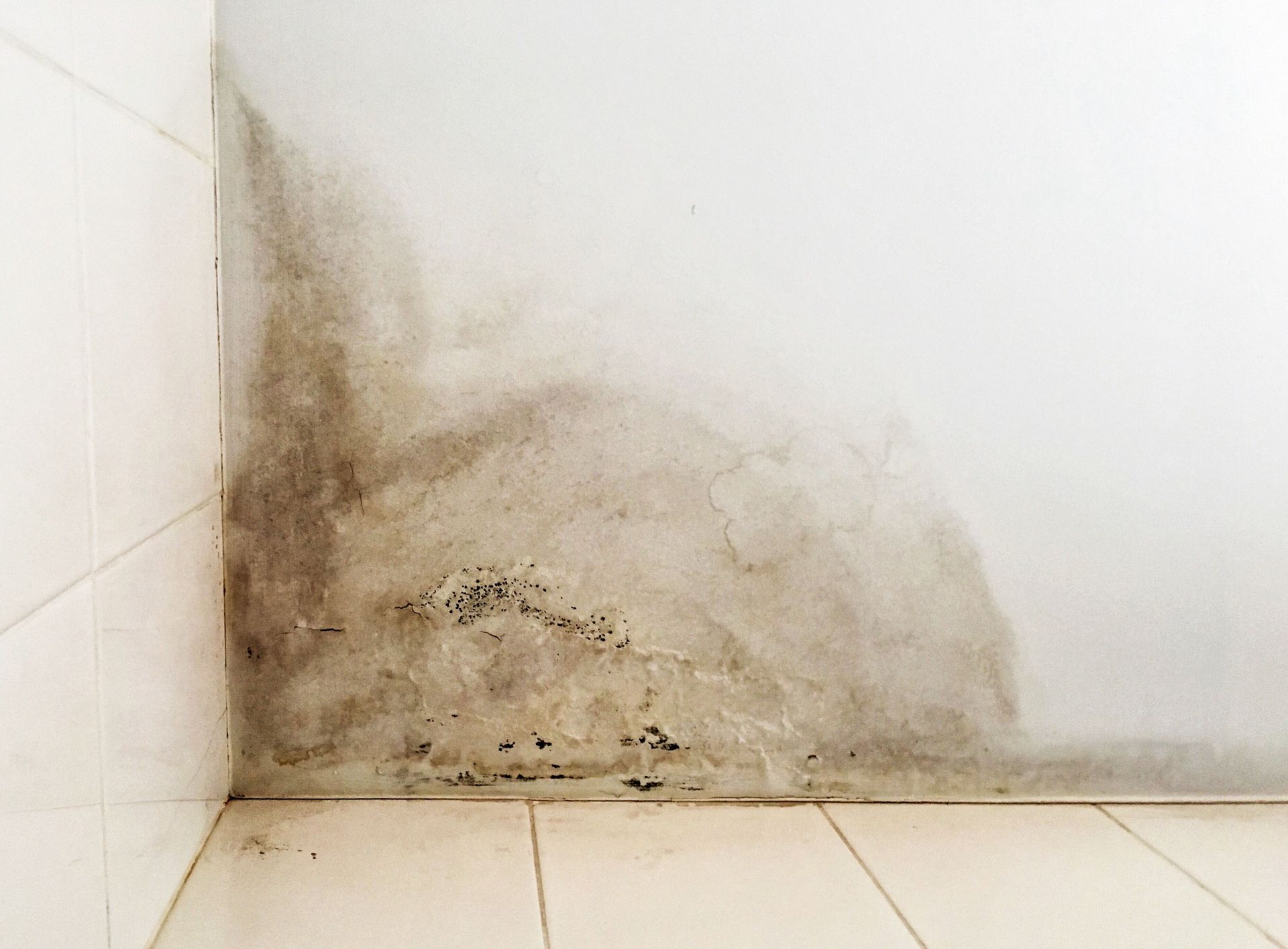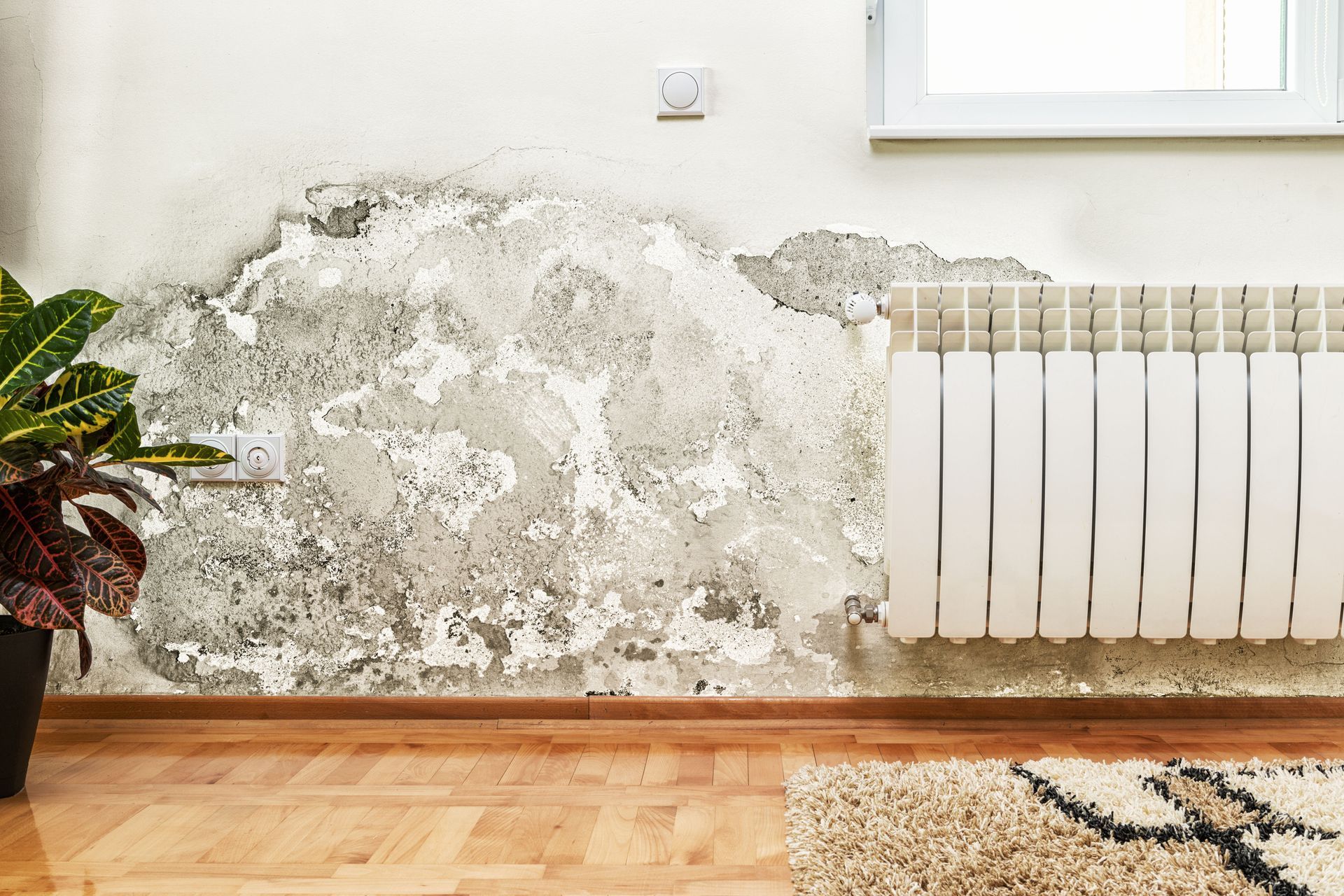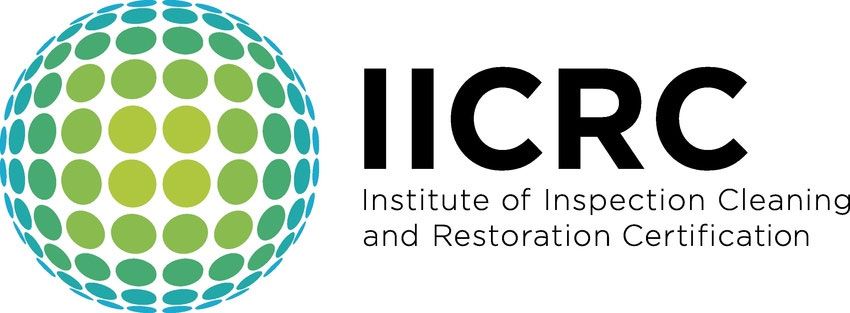6 Signs of Hidden Water Damage Homeowners Shouldn’t Ignore
Water damage in a home can be both subtle and destructive, often developing in hidden areas that escape immediate attention. Early detection of water damage is crucial for homeowners, as prolonged exposure can lead to severe structural issues and costly repairs. Ignoring initial signs not only risks the integrity of your home but can also result in health problems due to mold and mildew growth. Contact your local water damage restoration service if you notice any of the following signs.
1. Mysterious Stains and Discolorations
Stains and discolorations can manifest in various shapes, such as rings or patches, which homeowners often dismiss as mere cosmetic issues. However, these usually indicate water leakage or seepage from pipes and roofs. Recognizable patterns like concentric circles often point to leaks from external sources like roofing failures. Homeowners should be cautious of wall and ceiling stains appearing where no water should be, as they can undermine wall integrity. A careful visual inspection is the first step in identifying potential water damage issues.
Water stains frequently appear on ceilings, especially beneath bathrooms or kitchen areas where plumbing is present. Walls adjacent to plumbing installations are also susceptible to water stains, often resulting from internal leaks. Leaks from roofs during heavy rain can create stains that spread downwards, signaling potential waterproofing issues. Properties with basements should check for stains along the foundation, as they can indicate groundwater seepage. Homeowners must monitor these areas regularly to prevent extensive water intrusion.
Distinguishing between typical wear and water damage involves examining stain color and texture. Water-related stains often look yellowish-brown and have irregular, ring-like edges. In contrast, regular wear might show an even discoloration due to age or sun exposure. Another differentiator is dampness or softness around the stain area, which typically points to water damage. Regular household maintenance can prevent misinterpretation by clarifying which marks are innocuous and which warrant attention.
2. Peeling or Bubbling Paint and Wallpaper
The appearance of peeling or bubbling paint often signals the presence of moisture behind walls, a red flag for potential water damage. Such symptoms arise when water infiltrates through cracks or holes in the wall, causing paint to lose adhesion. Bubbles under or upon the paint surface further confirm moisture retention, which can deteriorate the wall substrate. Immediate attention to bubbling or peeling can prevent more significant issues such as mold growth. According to our experts, moisture trapped between layers offers the perfect conditions for mold, which can emerge within 24 to 48 hours after infiltration.
Certain areas within a home are more prone to peeling or bubbling due to their proximity to water sources. Bathrooms and kitchens frequently deal with steam and spills, leading to increased paint or wallpaper damage. Areas around doors and windows can also experience damage due to inadequate sealing against the elements. Lower portions of exterior walls also remain at risk due to potential rising dampness from the foundation. Keeping these areas well-ventilated and sealed can mitigate risks significantly.
The damages caused by water to paint and wallpaper can have distinct appearances. Paint may blister and crack, whereas wallpaper tends to peel away at the edges or develop bubbles under the surface. Understanding these differences helps in diagnosing the problem more efficiently, leading to targeted solutions. While paint damage might sometimes mask the problem until layers peel off, wallpaper lifts easily, providing clues to hidden moisture. Knowledge of these signs enables homeowners to differentiate and address the issue effectively.
3. Unexplained Musty Odors
Musty odors in a home are often a sign of underlying moisture problems, indicating possible mold or mildew growth. Waterlogged materials emit distinct odors as they begin to decompose, a key indicator of water retention. According to Today's Homeowner, mold may begin growing within 24 to 48 hours after moisture enters an area, making odor detection crucial. Mold spores released into the air contribute to this mustiness, alerting homeowners to invisible risks. Regular airflow in the home helps prevent odor retention but may not entirely mask the smell if an issue persists.
Environmental factors, such as ambient humidity and temperature, often amplify musty odors. High humidity increases evaporation, carrying mold spores and odor through the air. Temperature changes can cause expansion and contraction in materials, which might release trapped odors into living spaces. Poor ventilation exacerbates this issue, allowing musty smells to concentrate within confined areas. Monitoring these environmental cues alongside odor presence is essential to identify potential water damage scales.
4. Uneven or Sagging Floors
Uneven or sagging floors typically indicate moisture-related complications with subflooring materials. Floors that develop a slope or bounce upon walking suggest water may have softened support beams or joists. Visible surface waviness, sinking areas, or damp spots are typical indicators of deeper moisture problems. These signs often point to prolonged water damage likely caused by hidden pipe leaks or basement flooding. Homeowners should address these issues promptly to prevent further structural compromise.
Particularly water-vulnerable areas in a home are prone to floor warping, with wall and bathroom junctions being high-risk zones. Shifts in bathroom tiles or cracked grout suggest water pools beneath, warranting immediate investigation. The flooring adjacent to basement walls and in laundry areas can also show signs of warping due to persistent dampness. Heat sources, such as radiators, that cause condensation can subtly warp wood flooring over time. Recognizing these zones can alleviate potential floor integrity issues.
5. Persistent Mold and Mildew
Mold thrives in moist, warm, and poorly ventilated environments where humidity levels remain consistently high. Even minor water leaks left unattended can create ideal conditions for mold colonization. Stagnant air further facilitates spore accumulation, promoting mold growth on diverse surfaces. In our experience, rapid mold development warns of ongoing water issues, thus confirming their existence in as little as 24 to 48 hours upon moisture introduction. Vigilance and airflow management help mitigate conducive conditions for mold.
Mold often grows in concealed areas, remaining out of sight until growth multiplies and surfaces. Spaces behind wallpapers, under carpets, and within crawlspaces provide conducive environments with oversight. Mold might also flourish within HVAC systems and behind furniture, escaping immediate detection. Proximity to uninsulated pipes allows moisture to condense, accelerating mold formation. Regular inspection within these zones prevents unchecked, rapid infestation from hidden mold.
6. Increased Utility Bills
Unexpected spikes in utility bills often hint at hidden water consumption due to leaks or undiagnosed usage changes. Tracking water usage through regular reading of water meters helps identify unusual patterns signifying potential issues. An abrupt increase might indicate leaks within inaccessible areas, such as beneath floors or within walls. Establishing a consumption baseline assists in quickly spotting deviations indicative of underlying leaks. Pursuing basic self-diagnosis aids in avoiding arbitrary and inflated usage, directing attention to resolving the core issue.
Correlating rises in bills with specific home areas and sources can isolate potential leaks rapidly. Noting weather conditions against consumption rates provides clues to weather-induced spikes caused by faulty plumbing. Cross-reference high usage dates with family usage patterns to help identify unexpected spikes. Expand exploration to home utility components like HVAC systems, which contribute to bill discrepancies when affected by water damage. Systematic matching identifies root causes, targeting resolution efforts accurately.
Recognizing the subtle yet significant signs of hidden water damage is vital for maintaining a home’s structural and financial integrity. From simple stains to increased utility bills, each indicator offers clues that, when addressed early, can prevent extensive and costly repairs. Knowledge, awareness, and early action are the best defenses against the challenges posed by hidden water damage. For a water damage restoration service you can rely on, contact us today at Premier PCS Water Restoration.




Share On: